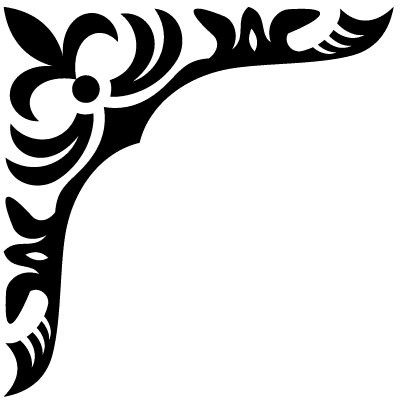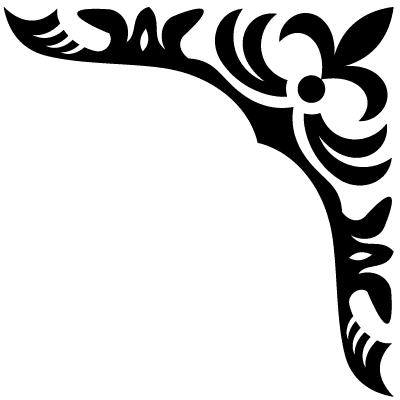


Identifying Psychedelic Mushrooms
Identifying psychedelic mushrooms involves several steps to ensure safety and accuracy. We strongly discourage anyone who is unsure about the mushrooms they are foraging from ingesting them. Here are some general guidelines from a psilocybin mushroom identification guide:
Visual Characteristics (Psilocybin Mushroom Identification)
- Cap Shape and Color: Many psilocybin mushrooms have distinctive cap shapes and colors. For example, Psilocybe cubensis has a convex cap with a golden to reddish-brown color.
- Gills: The gills of psilocybin mushrooms often change color as they mature. Initially, they might be light but darken to purple-black or black.
- Bruising: Many psilocybin mushrooms bruise blue or blue-green when handled or damaged.
- Stem: The stem can be hollow or solid and may also bruise blue. The color of the stem can vary from white to a pale yellow or brown.
- Spore Print: Taking a spore print is essential. Psilocybin mushrooms typically have a dark purple-brown to black spore print.
Habitat (Psilocybin Mushroom Guide)
- Growth Environment: Psilocybin mushrooms often grow in damp, wooded areas, grasslands, or on decaying organic matter.
- Season: They are more commonly found in certain seasons, typically in the late summer to fall.
Specific Types (Psilocybin Mushroom Handbook)
- Psilocybe cubensis: This is one of the most well-known species, often found in tropical and subtropical regions. It has a distinct cap and often bruises blue.
- Psilocybe semilanceata (Liberty Cap): Found in grassy fields and pastures, particularly in Europe and North America.
- Psilocybe cyanescens (Wavy Cap): Known for its wavy cap, this mushroom is found in wood chips and mulch-rich areas.
Safety Precautions (Psilocybin Mushroom Identification)
- Consult Experts: Always seek advice from experienced mycologists or local mushroom hunting groups.
- Use Field Guides: Reliable field guides with detailed descriptions and photographs can be very helpful.
- Avoid Dangerous Lookalikes: Some poisonous mushrooms look very similar to psilocybin ones. Misidentification can lead to severe poisoning or even death.
Legal Considerations (Psilocybin Mushroom Guide)
- Be aware of the legal status of psilocybin mushrooms in your area, as they are illegal in many places.
For detailed information and visual references, you can refer to reputable sources such as mycology textbooks or dedicated websites like Mushroom Observer or the North American Mycological Association.
